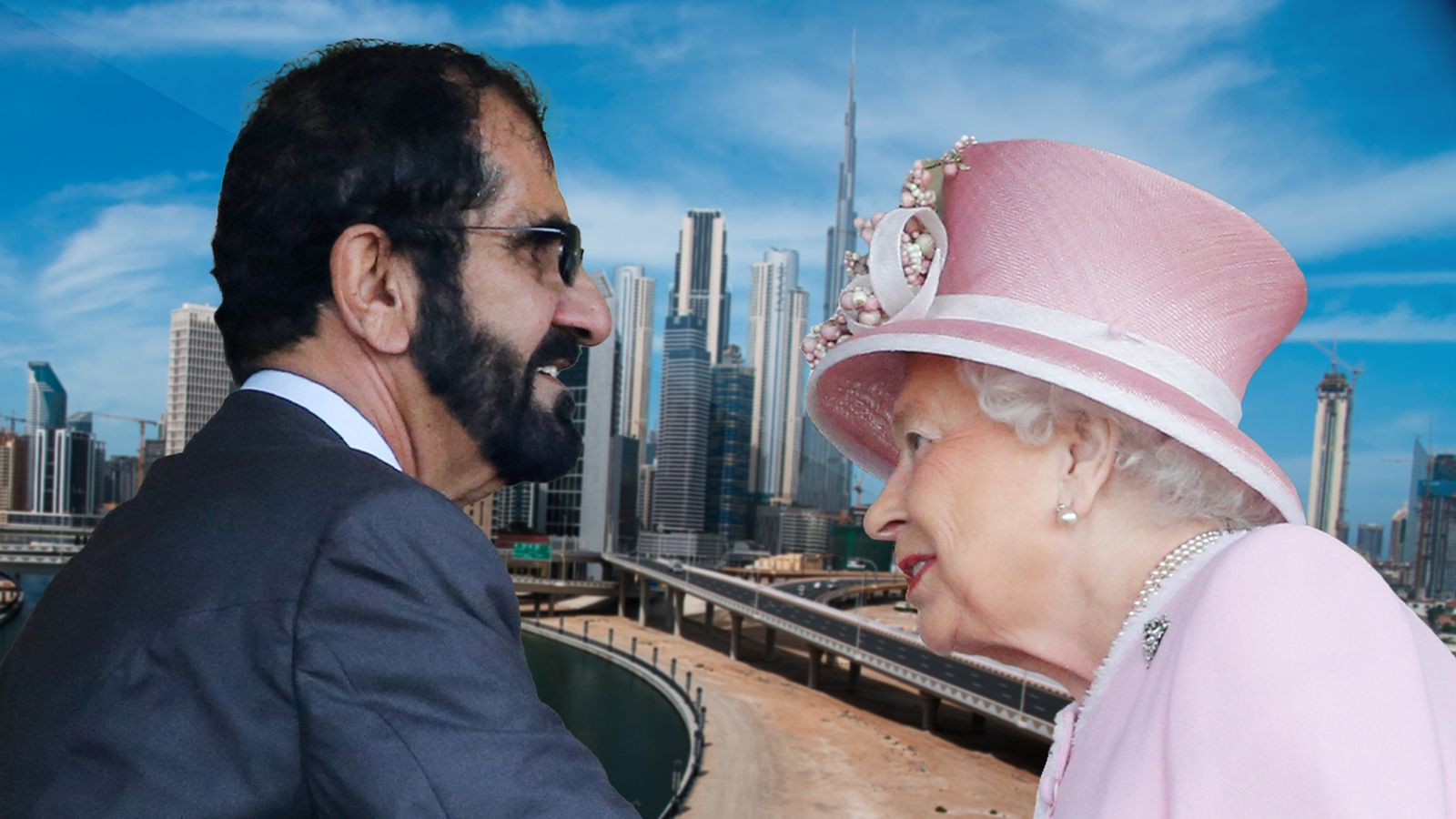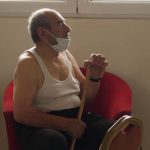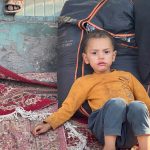Dubai’s royal ruler is back in the spotlight after videos were released of his daughter, Princess Latifa, in which she claims he is holding her hostage.
Sheikh Mohammed bin Rashid al Maktoum is one of the Middle East’s most powerful men – and as well as being the billionaire ruler of Dubai, he is vice president and prime minister of the United Arab Emirates.
Sky News takes a look at the leader, his connections to the UK, and the controversies surrounding him.
Who is Sheikh Mohammed bin Rashid al Maktoum?
The 71-year-old multibillionaire took up his leadership roles in 2006 after his older brother, Sheikh Maktoum bin Rashid al Maktoum, died aged 62.
Sheikh Mohammed had been helping his brother run Dubai, along with their younger brother, Sheikh Hamdan, since their father’s death in 1990.
As minister of defence under his father and brother, he cracked down on government corruption and was known for naming and shaming public officials as well as turning up unannounced at ministerial offices to publicly shame departments whose staff were not there.
Since becoming the ruler of Dubai, the sheikh is credited with growing it into a global city, including launching major enterprises such as the Emirates airline and the Jumeirah Group.
He has overseen many world-renowned projects, including the construction of the world’s tallest building, the Burj Khalifa, along with the Palm Islands and Dubai Media City.
The sheikh is known for supporting Palestinians and a two-state solution – donating houses to Gaza and cancelling New Year celebrations in solidarity with Palestinians – prompting donations from prominent Emiratis.
He has donated millions to the arts, to displaced Afghan civilians and to the building of a mosque in the Netherlands.
Sheikh Mohammed has also created a knowledge award and has a charitable foundation that supports development programmes in 116 countries.
He has had at least six wives and 30 children.
Horse racing
For many around the world, the sheikh’s name is synonymous with horse racing and thoroughbred breeding.
A keen rider and horse racer since he was a boy, Sheikh Mohammed owns Darley Stud – the largest horse breeding operation in the world.
He has farms in the UK, Ireland, England and Australia and is known for having an eye for winners.
He also owns and is the driving force behind Godolphin Stables in Newmarket, Suffolk, one of the most famous flat racing stables in the world, which has produced some of the planet’s most well-known horses.
There are two stables in Newmarket under the Godolphin name – two in Sydney and one in Melbourne – as well as horses in training by independent trainers elsewhere in the UK, Australia, France, Japan, the US and Ireland.
Sheikh Mohammed mixes within the higher echelons of UK society and is often seeing chatting to the Queen in the royal box at Ascot.
Dubai’s ruler still rides horses himself and won the World Endurance Championships in 2012.
Sheikh Mohammed’s UK connections
Horse racing is not the only activity linking him to the UK.
At the age of 17, the sheikh moved to the UK to study English at the Bell School of English in Cambridge, with his cousin.
He then went to Mons Officer Cadet School which later became part of Sandhurst. He was awarded the sword of honour there as the top Commonwealth student.
As well as his stables, the sheikh has several houses in the UK – Longcross estate near Chobham, Surrey; Dalham Hall near Newmarket; and a 63,000-acre estate with a 42-bedroom house and a 16-bedroom hunting lodge in Wester Ross in the Scottish Highlands.
His requests to expand his Surrey and Scotland homes have proved unpopular with locals.
Dubai is closely linked to the UK by arms sales from British companies. The UAE is one of the UK’s largest arms customers, according to the Campaign Against Arms Trade.
The UAE is listed as the world’s eighth-largest importer of weapons from 2015 to 2019 and the Dubai Airshow, whose patron is the sheikh, has shifted its focus from planes to defence deals.
Since 2015, the UK has committed to a permanent British Defence Staff in the Gulf. They are based in Dubai.
Princess Shamsa’s 2000 escape and “abduction”
It was from his security-heavy Surrey mansion that one of his daughter’s, Sheikha Shamsa al Maktoum, ran away in 2000, aged 19, during the family’s annual UK holiday.
She allegedly went to see an immigration solicitor in London to seek advice about remaining in Britain, then travelled to Cambridge.
While there she was taken from the street and later said it was her father who sent “four Arab men to catch me, they were carrying guns and threatening me”.
She claims they drove her to her father’s Newmarket home and drugged her before flying her back to Dubai, where she was locked up.
Sheikh Mohammed told a court Shamsa was vulnerable and just a child and he felt “overwhelming relief” when she was found. Shamsa has not been seen in public since.
Princess Latifa’s 2018 “abduction”
Nearly two decades later, Shamsa’s younger sister, Sheikha Latifa al Maktoum, attempted to escape Dubai by sailing into international waters from Muscat, Oman.
After about six days, off the coast of India, a plane and another boat started following them and Indian special forces boarded the boat, using smoke grenades and gunfire, Princess Latifa‘s close friend – who helped her escape – said.
Latifa was then taken from the boat by soldiers and her friend, Tiina Jauhiainen, said she had not seen her since.
Ms Jauhiainen also revealed Latifa told her she had tried to escape in 2002 but was sent back at the border with Oman and imprisoned for three years and four months, where she said she was physically and mentally tortured.
The princess was seen in public in December 2018 during a meeting in Dubai with Mary Robinson, the former UN high commissioner for human rights and ex-president of Ireland. Ms Robison this week says she was duped into taking part in the meeting and resulting photos.
Sheikh Mohammed says Latifa was tricked into escaping by criminals who wanted money and that returning her to Dubai was a rescue mission.
He says the princess is safe and well, and that the family want to maintain her privacy.
Sky News has released secretly recorded videos of the princess, now 35, from the Dubai villa she says has been turned into a prison, saying she is there against her will and fears for her life.
Please use Chrome browser for a more accessible video player
Princess Haya Bint al Hussein fleeing Dubai to the UK in 2019
Sheikh Mohammed’s sixth wife, who is not Latifa and Shamsa’s mother, is a former Olympic showjumper and the daughter of Jordan’s late King Hussein. She married Sheikh Mohammed in 2004.
Tensions within Dubai’s ruling family were laid bare in 2019 before England’s High Court after Haya fled to the UK with their two children.
She applied for a protection order and non-molestation order against the sheikh after having an affair with her British bodyguard and Sheikh Mohammed divorcing her without her knowledge under sharia law.
The sheikh had tried to keep the judgement out of the public eye but this was rejected and Haya, now 46, described how she initially believed the sheikh’s explanation of Shamsa and Latifa being “rescued” and that they were safe with family.
But, she said by early 2019 she became suspicious and voiced her concerns which, along with her affair, was met by a campaign of intimidation by the sheikh’s agents.
This included a gun placed on her pillow twice with the safety catch off and a helicopter landing outside her house with a threat to remove her to a desert prison, she said.
The court also heard allegations that the sheikh used his media contacts to generate “wholly inaccurate” negative stories about Haya and told her she and the children “will never be safe in England”.
The judge ruled that the sheikh had been “intimidating and frightening… and that he has encouraged others to do so on his behalf”.
The sheikh rejected the judgement, accusing it of being biased.
In a statement released at the time, he said: “As a head of government, I was not able to participate in the court’s fact-finding process, this has resulted in the release of a ‘fast-finding’ judgment which inevitably tells only one side of the story.”






















